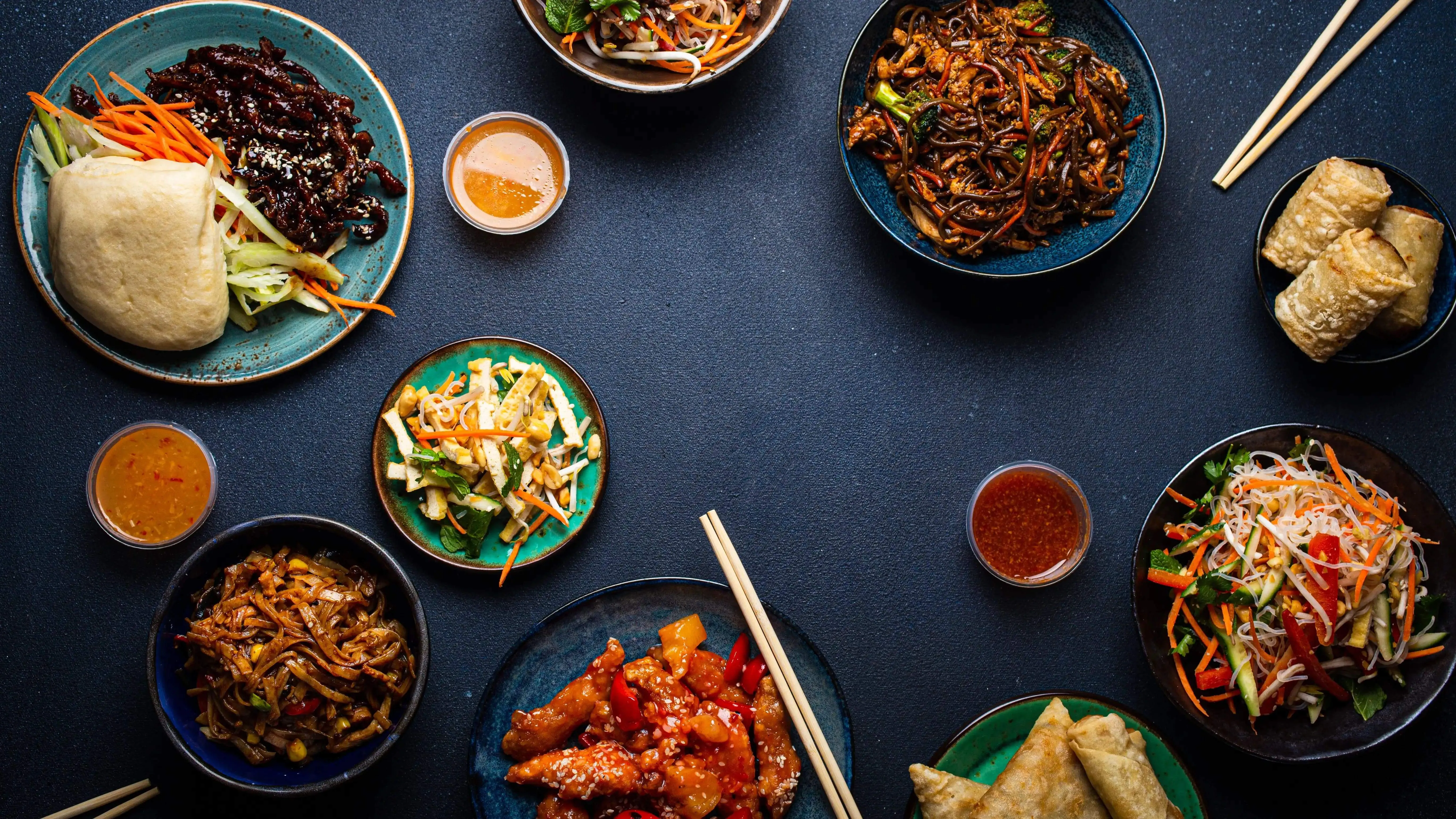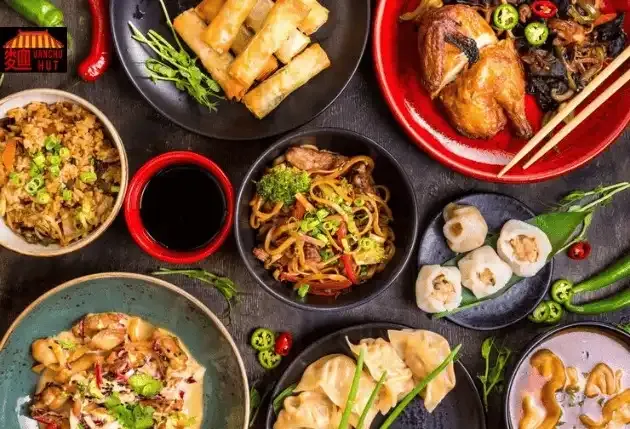Is Chinese Food Healthy? What You Need to Know
Published on: May 27, 2025
Table of Contents
Chinese food is a favorite for millions worldwide, known for its bold flavors, rich ingredients, and diverse dishes. However, a common question is: Is Chinese food healthy? The answer isn't straightforward. While many Chinese dishes at Vanchu Hut can be nutritious and healthy, some may contain unhealthy ingredients, excessive fats, and high sodium. In this article, we’ll explore the health aspects of Chinese food, highlight healthier options, and offer tips for making better choices.
Chinese cuisine is highly diverse, with dishes ranging from stir-fries and soups to dumplings and noodles. It uses a wide variety of ingredients like rice, vegetables, meat, tofu, and seafood, many of which are rich in vitamins, minerals, and protein. However, the way a dish is prepared—whether steamed, stir-fried, or deep-fried—can greatly affect its nutritional value.
What are the Common Ingredients in Chinese Cuisine?
- Vegetables: Bok choy, spinach, broccoli, mushrooms, bell peppers
- Proteins: Chicken, pork, beef, shrimp, tofu
- Carbohydrates: Rice, noodles, dumplings
- Sauces: Soy sauce, hoisin sauce, oyster sauce, sweet and sour sauce, chili paste
What Are the Healthy Aspects of Chinese Food?
Rich in Vegetables and Nutrients
Many traditional Chinese dishes are packed with vegetables, which are an excellent source of fiber, vitamins, and minerals. Dishes like vegetable stir-fries, hot and sour soup, and bok choy with garlic can be great choices to load up on greens and other nutrients while keeping calories in check.
- Fiber: Vegetables like cabbage, broccoli, and spinach are high in fiber, promoting digestive health and preventing constipation.
- Vitamins and Antioxidants: Ingredients like carrots, bell peppers, and mushrooms are full of antioxidants and vitamins like A and C, which help to strengthen the immune system.
Lean Protein Options
Chinese cuisine offers a variety of lean protein sources like chicken, tofu, and fish, which are lower in fat compared to red meats. Tofu, in particular, is a great plant-based protein rich in iron and calcium.
Steamed Dishes
Steaming is a healthier cooking method that preserves the nutrients in food without adding extra fats or oils. Many traditional Chinese dishes such as dim sum, steamed fish, or steamed vegetables offer a low-calorie and nutrient-packed meal.
- Steamed Dumplings: If you opt for steamed rather than fried, dumplings are a tasty and relatively healthy snack or meal option.
- Steamed Fish: Fish is a rich source of omega-3 fatty acids, which are excellent for heart health.
What are the Unhealthy Aspects of Chinese Food?
High Sodium Content
One of the biggest concerns with Chinese food is its high sodium content, primarily due to soy sauce, salted broth, and various sauces. Excessive sodium intake can lead to high blood pressure and increase the risk of heart disease.
Fried Dishes
Fried Chinese food, such as egg rolls, fried rice, and sweet and sour chicken, can be high in unhealthy trans fats and calories. Deep-frying increases the fat content, making these dishes less healthy.
Portion Sizes and Hidden Calories
When dining at Chinese restaurants, portion sizes can be huge, especially when it comes to noodles, rice, and entrees. These large servings can lead to overeating and an excess of calories. Additionally, the use of heavy oils and sugary sauces can make dishes more calorie-dense than they appear.
Healthier Chinese Food Choices
Choose Steamed or Stir-Fried Options
Opt for steamed or stir-fried dishes that use less oil. Stir-fried vegetables or lean proteins with garlic and ginger are excellent choices that are packed with flavor and nutrients.
Go for Brown Rice or Noodles
Brown rice is a healthier alternative to white rice, providing more fiber and nutrients. Similarly, whole-wheat noodles can offer a more nutritious base for your meal compared to traditional white noodles.
Request Sauces on the Side
Ask for sauces on the side so you can control the amount of soy sauce, sweet and sour sauce, or other sugary sauces used in your dish. This can drastically reduce your sodium and sugar intake.
Watch Portion Sizes
If the portions are large, consider sharing with others or ask for a takeaway box and save half of your meal for later. This helps control both calorie intake and food waste.
Conclusion
Chinese food can be both healthy and indulgent, depending on your choices. Opting for steamed dishes, lean proteins, and plenty of vegetables while avoiding fried foods and heavy sauces can make Chinese food a nutritious option. Being mindful of portion sizes and asking for modifications like low-sodium sauces will further help you make healthier decisions.


